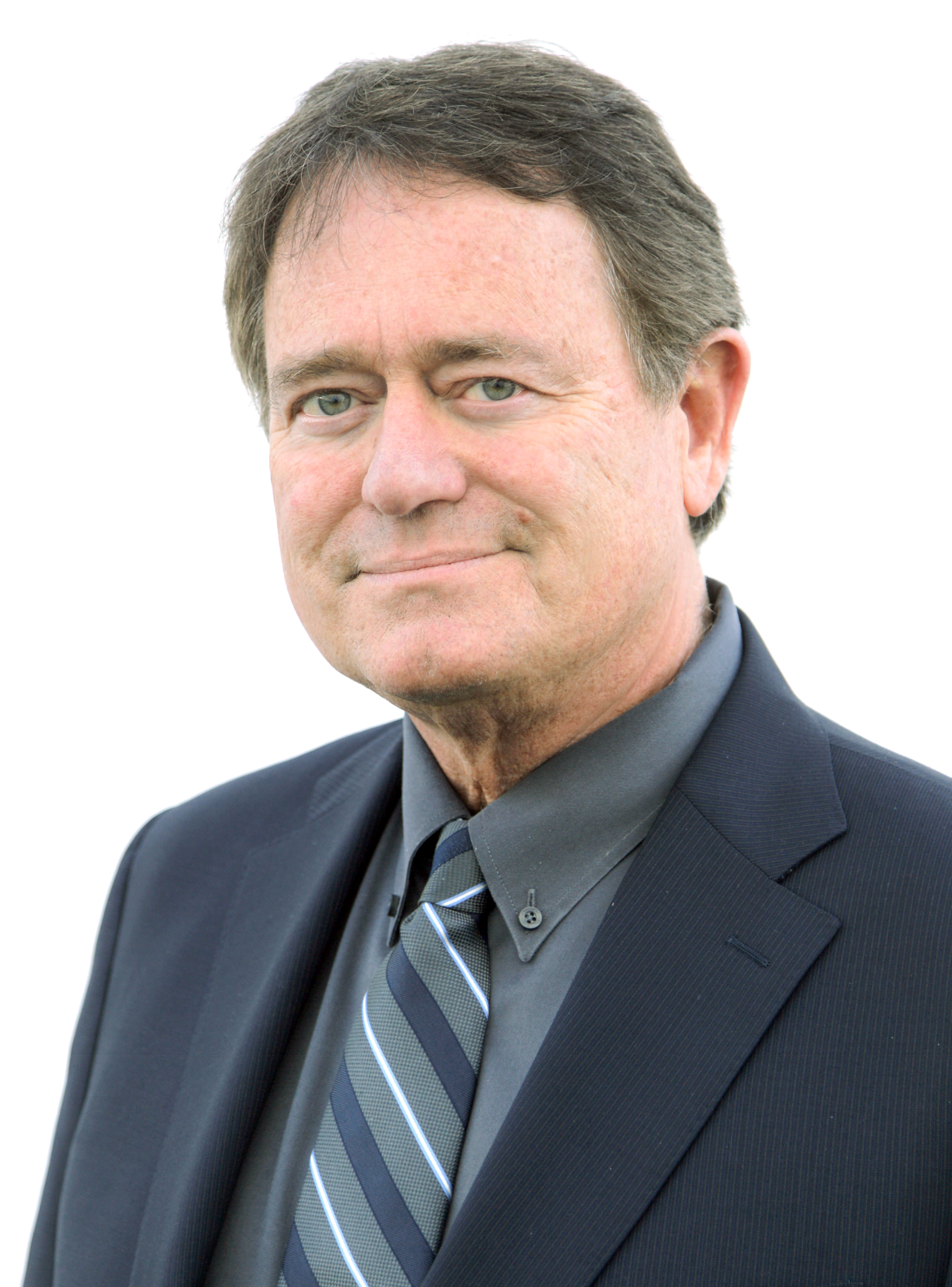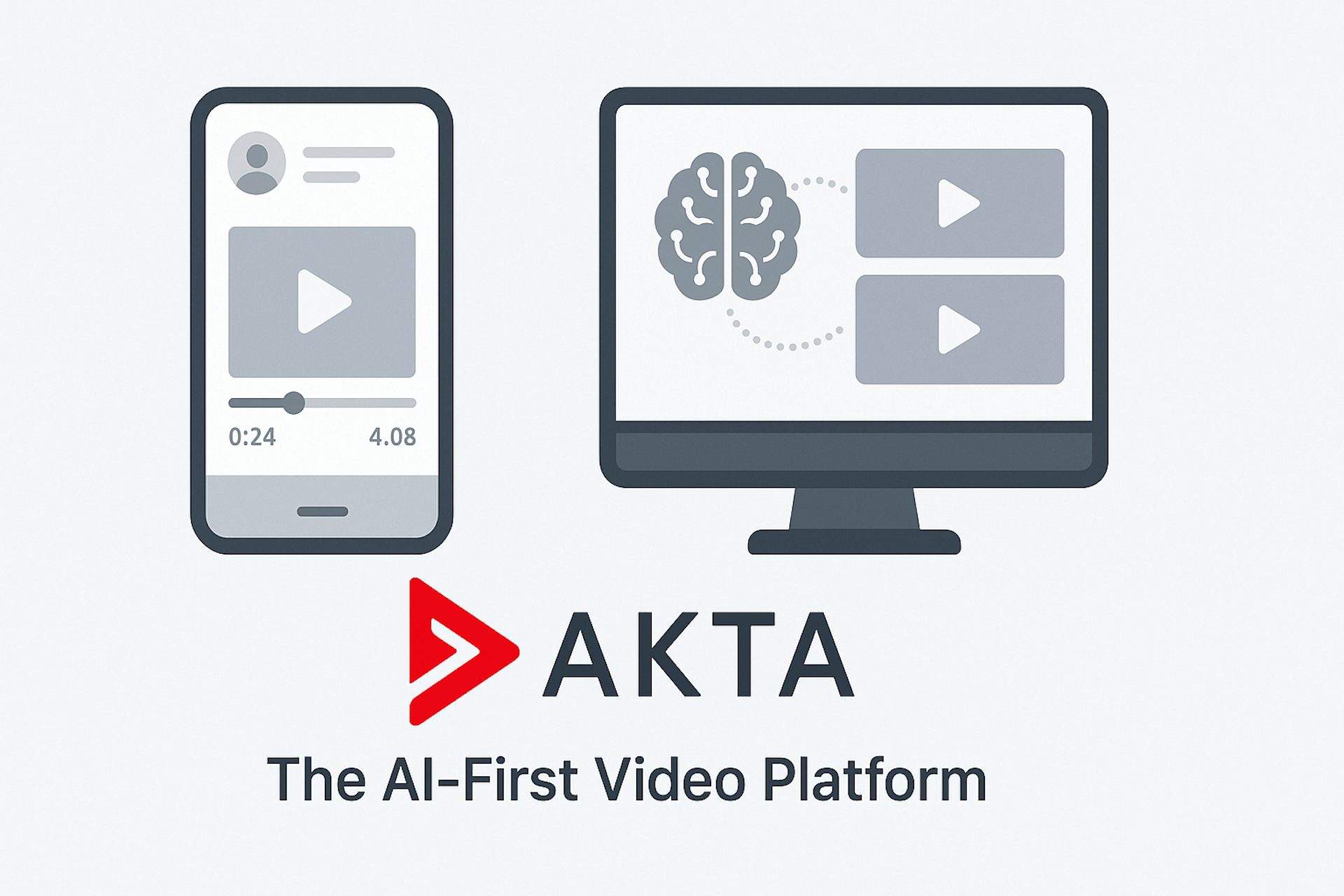Strategic Plan to Guide Future Work on DTV
The ATSC has developed a comprehensive plan for future work of the organization, reflecting the evolution of technology over the next two to five years. The ATSC board of directors developed this strategic plan, taking into account the likely progression of technology and the importance of backwards compatibility with existing DTV consumer receivers. The new efforts will focus on comprehensive solutions that enable compelling services and products. Major recommendations include the following.
Documentation of service levels that group standards together to form a logical bundling of features and functions, specifically:
ATSC 2.0—new services for conventional fixed DTV receivers;
ATSC-H—delivery of programming to handheld and portable devices;
ATSC-M—delivery of programming to mobile devices.
The strategic plan furthermore calls for development of a standard for nonreal-time delivery of new services that leverage the low cost of storage and provide consumers with content they want, when and where they want it.
Work has already begun on several of these initiatives within the ATSC Planning Committee under the leadership of Graham Jones from NAB. Under the ATSC structure, the committee explores applications of digital broadcast technology. It considers business opportunities, with a focus on new applications that may be enabled by digital television standards.
Based on this analysis, the committee makes recommendations to the ATSC board regarding development of voluntary standards, recommended practices, and/or informational documents relating to DTV.
These recommendations are typically supported by a list of user requirements. Within this realm, it falls to the committee to begin many of the projects envisioned by the strategic plan.
Current projects relating the strategic plan include:
Interactive TV—The committee is working to raise awareness and identify implementation issues through demonstrations and field trials of the ATSC Advanced Common Application Platform standard for interactive television. This work, led by Dan Berkowitz from NBC Universal, has already provided two demonstrations of ACAP operation—one at the NAB2007 Convention in Las Vegas and the other at the 2007 Technology Retreat in Palm Springs.
Nonreal Time—A study group, chaired by Dr. Richard Chernock from Triveni Digital, is developing service scenarios and a list of system requirements for a practical nonreal-time service.
ATSC-M and ATSC-H—A study group chaired by Mark Aitken from Sinclair Broadcast Group has developed a formal New Work Item Proposal to develop standards for mobile and handheld applications. This document, setting out the requirements, has been approved by the full planning committee and the ATSC board. Work on the necessary documents and specifications will begin shortly.
Under the ATSC structure, once the scope of a new project is defined by the planning committee and approved by the board, it is sent to the Technology and Standards Group, which creates the necessary technical documents.
Throughout the standards development process, potential synergies with existing standards—published by the ATSC and other organizations—are considered. Every effort is made to avoid reinventing the wheel. The technologies considered by TSG, led by William Miller from ABC, may be improvements to current systems or entirely new systems. Compatibility with existing systems and protecting legacy receivers is always a primary consideration.
NONREAL TIME
Although not directly related to new technologies, the current state of DTV audio implementation is identified by the strategic plan as an important issue needing further study in coordination with other industry organizations. While the AC-3 digital audio standard has been on the books for many years, implementations in the field have varied, in particular with regard to lip-sync and sound levels.
TSG has directed the ATSC Specialist Group on Video and Audio Coding (TSG/S6) to look into these issues. TSG/S6 has established two working groups to gather implementation data and report back with recommendations.
A number of possible service scenarios are being considered for an ATSC nonreal-time service by a study group. This group is documenting uses and business applications to aid in understanding the requirements for practical nonreal-time applications. While not an all-inclusive list, these scenarios provide insight into potential applications for nonreal-time standards; for example:
News, weather, traffic and sports clip service provides for the delivery of national and local content. Clips are downloaded to storage within receiving devices for playback at a later time.
Telescoping ads is a service that focuses on ads with additional content pushed to the receiver to allow the viewer to drill down into more detail. Additional Web pages and video segments are pre-downloaded as files—possibly based on user-defined profiles. Additional content may be pulled, if the application and a return channel allow.
Long-form entertainment programming provides the capability to download entertainment content to receivers. Possible business models include advertising-supported, subscription-based and pay-per-view material. Free local DTV broadcast channels could be blended together with private long-form entertainment to provide more value.
As currently envisioned, inbound transmission will be broadcast to the fixed, handheld, or mobile nonreal-time device and the outbound transmission—when necessary—will be through a broadband Internet connection. Not all scenarios will require an Internet return channel.
ABOUT ATSC-M/H
While still in the early stage of the development process, the planned ATSC-M/H services would be carried in the DTV broadcast channels along with regular programming and services. The presence of the new services will not preclude or prevent operation of current ATSC services in the same RF channel, or have any adverse impact on legacy receiving equipment.
It is expected that ATSC mobile and handheld technology would be utilized for a variety of services to mobile and handheld devices, which may include but are not limited to:
Free (advertiser-supported) television content and other services delivered in real time;
Mobile and handheld subscription-based TV, video-on-demand, pay-per-view and electronic sell-through services;
• Nonreal-time content download, to playback later;
• Datacasting;
• Interactive television;
• Real-time navigation data for in-vehicle use.
These new services may transmit various types and quantities of content that may be versions of regular TV programming optimized for handheld and/or mobile reception or specific audio-visual content and/or data produced for mobile reception.
Estimating when an ATSC-M/H standard will be final is difficult at the present time, but it’s recognized that broadcasters should have the opportunity to announce and launch new mobile and handheld services before the end of analog TV in February 2009. To meet this date, of course, the standardization work needs to move forward quickly.
Work within ATSC is open to all organizations with a direct and material interest. If you are interested in contributing to ongoing efforts reported in this column, please contact the author. Additional information on the ATSC can be found at www.atsc.org.
The professional video industry's #1 source for news, trends and product and tech information. Sign up below.

